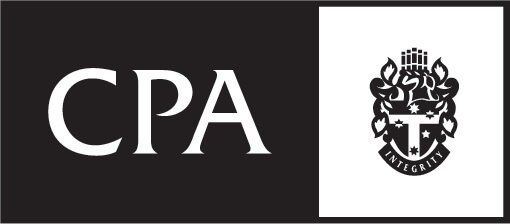October 2023 - Update
Reporting rentals correctly
When preparing tax returns, taxpayers should make sure all rental income is included, including income from short-term rental arrangements, renting part of a home, and other rental-related income.
Rental income must be reported in the year the tenant pays, rather than when the taxpayer’s agent transfers it to them, and it must be reported as the gross amount received (i.e., before the property managers fees and other expenses they pay on the taxpayer’s behalf are taken out).
There are three categories of rental expenses, as follows:
- Expenses where taxpayers cannot claim deductions – e.g., expenses arising from a taxpayer’s personal use of their property and capital expenses;
- Expenses where taxpayers can claim an immediate deduction in the income year they incur the expense – e.g., interest on loans, council rates, general repairs and maintenance, and depreciating assets costing $300 or less; and
- Expenses where taxpayers can claim deductions over a number of income years – e.g., 'capital works' deductions and borrowing expenses incurred when setting up a loan.
The ATO is particularly focused on interest expenses and ensuring rental property owners understand how to correctly apportion loan interest expenses where part of the loan was used for private purposes, or the loan was re-financed for some private purpose.
Taxpayers should ensure they have the records to demonstrate they incurred expenses for their rental property and the extent to which the expenses relate to producing rental income.
Choosing the right PAYG instalment method
Pay as you go (‘PAYG’) instalments are calculated using either the instalment amount method or the instalment rate method.
Following two case studies illustrate the two methods:
Case study 1: Kelly the DJ
Kelly is a DJ, working at festivals from November to January. She chooses to use the instalment rate method, as it suits her seasonal business income.
Using this method means she needs to work out her business income each period.
It helps her manage cash flow because the amounts she pays will vary in line with her income.
When Kelly receives her BAS or instalment notice, she calculates the instalment based on her income for that period, multiplied by the rate provided.
Case study 2: David the plumber
David is a plumber with regular monthly business income, so he chooses the instalment amountmethod. He won’t need to work out his business income each period to use this method. David pays the instalment shown on his BAS. The amount is calculated from information in his last tax return.
If Kelly or David think the instalments they pay will add up to be more or less than their tax liability for the year, they can vary their instalments.
Remember the unused concessional contributions cap concession
As from 1 July 2018, individuals with a total superannuation balance of less than $500,000 as at 30 June of the previous income year may be entitled to contribute more than the general concessional contributions cap (i.e., and make additional concessional contributions to utilise any unused cap amounts).
For example, an individual who did not make any concessional contributions in the 2019 income year (and whose total superannuation balance was less than $500,000) would have been able to make up to $50,000 of concessional contributions in the 2020 income year.
Unused concessional contributions are available on a rolling basis and can be carried forward for up to five years, after which they will expire. The 2024 income year is the first year in which unused caps from all five previous years are potentially available to carry forward.
Please contact our office if you require assistance in relation to the above measure.
Deduction for contributions denied due to issues in notice of intent to claim a deduction
The Administrative Appeals Tribunal (‘AAT’) recently held that a claim for a deduction for personal super contributions should not be allowed, as the relevant 'notice requirements' were not satisfied.
In order to claim a deduction for personal super contributions, an individual must both notify the super fund of their intention to claim a deduction, and receive an acknowledgment from the fund that it received the notice.
During the 2021 income year, the taxpayer made a number of personal superannuation contributions to his super fund totalling $6,550, with the last of those contributions made on 30 June 2021.
Sometime before 9 June 2021, the taxpayer submitted to his fund a notice advising the fund that he intended to claim a personal contribution deduction for $6,550 for the 2021 income year.
However, on 9 June 2021, the fund advised that it was unable to accept the notice because the fund's records indicated that the amount of contributions listed in the notice was different to the amount of contributions received. This was because the fund received the notice before the taxpayer made his final contribution of $550 on 30 June 2021.
Sometime between 9 June 2021 and 16 July 2021 the taxpayer resubmitted a notice to the fund via post that he intended to claim a deduction for the amended amount of $6,000 (although the fund subsequently advised that it had not received this notice).
On 14 July 2021, the taxpayer lodged his 2021 income tax return, claiming a deduction for $6,000 of personal contributions.
On 22 August 2021, the ATO notified the taxpayer that his claim for a personal contribution deduction had been disallowed, on the basis that the fund had not reported an acknowledged notice that matched his claimed deduction.
The AAT held that, when the taxpayer completed the first notice, he had not made personal contributions of $6,550 (as referred to in the notice), but rather had made contributions of $6,000.
Therefore, the first notice could not be valid as it was not in respect of the contributions that the taxpayer had made.
The AAT also noted that the fund did not provide an acknowledgment of the taxpayer's second notice, as it had not received it.
The information provided in this update is general in nature and if you have any queries of require further information or assistance with the above, please contact our office.
Crawford News






